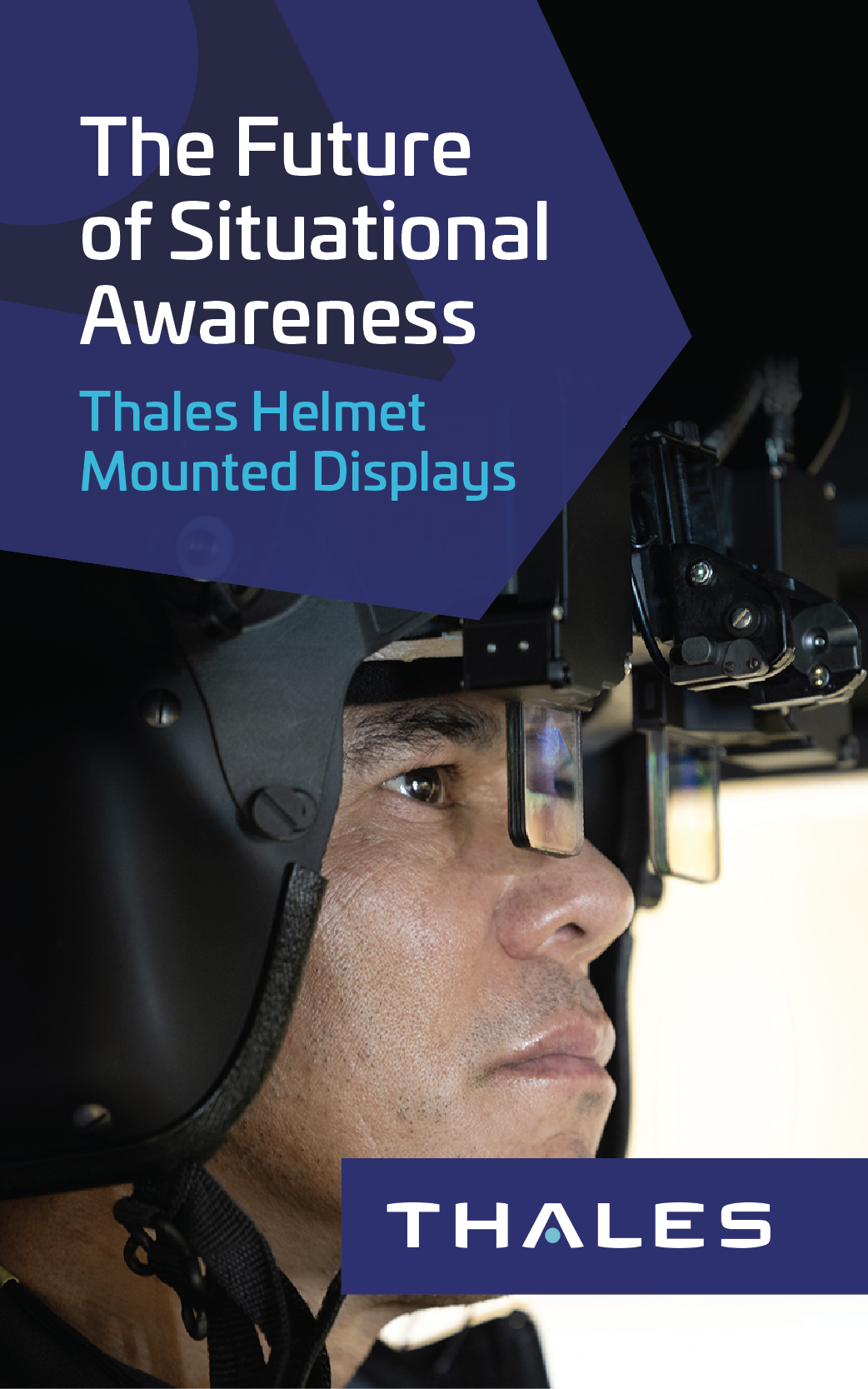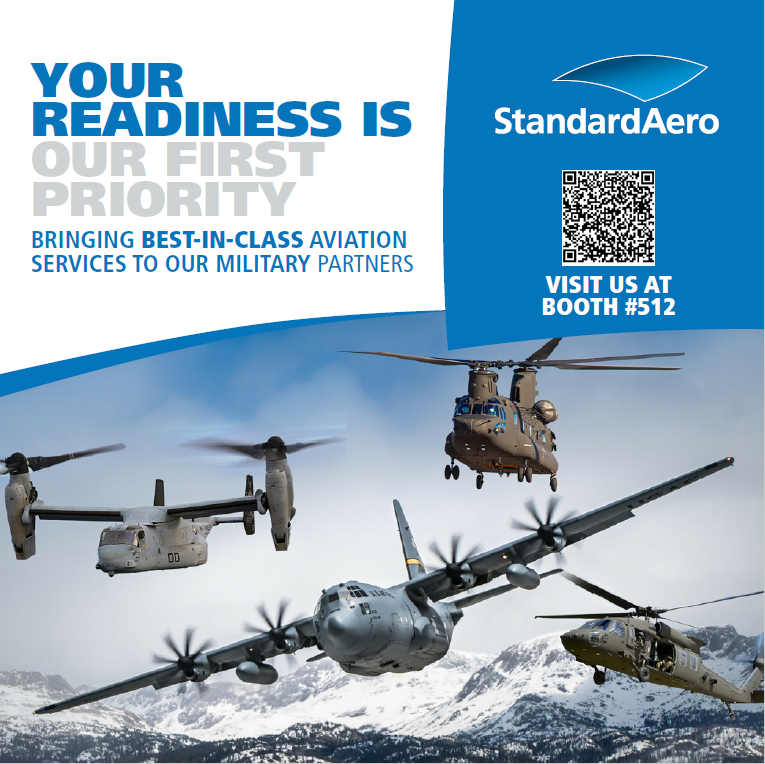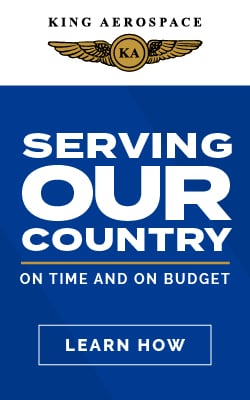
Ask the Flight Surgeon / By MAJ (Dr.) Christopher Grace: Q: I am a CH-47 pilot that has been dealing with worsening right shoulder pain and I think it’s time to get it looked at. What do I need to know about seeking treatment for my shoulder pain?
FS: The shoulder joint is comprised of two bones: the upper arm bone (humerus) that forms a round bony prominence that fits into the socket of the shoulder blade (scapula). Surrounding the joint are muscles, their tendons, ligaments, cartilage, and the labrum that can all be sources of pain.

DVIDS / Sgt. Brandon Pomrenke
The shoulder can be injured by trauma, awkward lifting, or physical activity, but it can also be injured by repetitive use. Muscles and ligaments of the shoulder can become over stretched over time leading to joint laxity and instability that creates improper motion and structural damage. Damage causes inflammation and pain. The instability may be felt as joint looseness, weakness, or as catches or clicks. Treatment often starts with rest, ice and non-steroidal anti-inflammatory medications (NSAIDS) or can be advanced to physical therapy (PT). Surgery is generally reserved for those cases that do not respond to more conservative treatments.
Shoulder dislocations occur with acute trauma or when chronic instability allows the humerus to come out of the shoulder socket sometimes with just normal joint movement. Dislocations may pop back into place on their own or require medical attention. Disruption of the joint can damage any of the structures of the shoulder including the labrum.
The labrum is a thin fibrous cup-shaped rim of cartilage that lines and reinforces the ball and socket joint of the shoulder. Labral tears lead to instability, excessive motion and risk of future dislocations. If a labrum does not heal on its own, then a surgical procedure may be necessary.
Shoulder separation occurs when the ligaments attaching the collar bone (clavicle) to the scapula become overstretched; sometimes to the point where the ligament breaks. This separation of the acromioclavicular joint (AC) results in pain at the front of the shoulder, especially with overhead movement and lying on that side. This is usually treated with rest, sling immobilization, PT and surgery in severe cases.
Tendon inflammation (tendonitis) occurs with overuse, failing to properly strengthen or stretch muscles and commonly occurs in the rotator cuff, biceps, and triceps tendons. PT, rest, and NSAIDs are initial treatments. Anti-inflammatory steroids can be injected into the joint to reduce swelling and pain but must be used sparingly to avoid weakening joint structures. Muscle injuries can range from strains (injury to tendon and/or muscle) and sprains (injury to ligaments) to partial or even full thickness tears affecting any of the four rotator cuff muscles. These injuries can present with pain, weakness and loss of range of motion. Typically, injuries can be treated with PT but full thickness tears and non-healing injuries are generally candidates for surgery.
When assessing shoulder pain, a flight surgeon will test range of motion, strength and stability to identify the specific injury. They may recommend a consult with an orthopedic specialist or imaging. First, x-rays are obtained to identify significant boney injuries. Next, an MRI can look for damage to soft tissues such as tendons, ligaments, muscles. A special MRI, called an arthrogram, can be performed where dye is injected inside the joint to identify labral injuries. An arthroscopic procedure is where a small camera and instruments are inserted into the joint to directly visualize the joint interior. Many surgical procedures can be performed with this technique, reducing the time needed to heal.
Minor sprains can recover quickly with directed PT within 6 weeks. Chronic issues such as tendonitis, tendon and ligament tears, partial rotator cuff tears, or labral injuries may require 3 to 6 months of PT before full functionality and pain resolution occurs. Arthroscopic and open surgeries will require PT before the procedure and afterwards. Rotator cuff repairs can be healed in as little as 3 months with most recovering full function at 6 months.
Aeromedical concerns for shoulder injuries include the ability of an air crewman to perform all tasks without causing further injury or impeding performance to a degree that it becomes a flight safety issue. Routine tasks such as reaching overhead in the cockpit may not cause significant pain. However, crewmembers must be capable of more extreme shoulder movements such as emergency shutdown and egress procedures.
Flight duty limitations are specific to individual injuries based on the functionality of the joint. PT and short term use of NSAIDs does not require restriction from flight duty as long as all required tasks are performed in a safe manner. Following surgery, crewmembers will be restricted from flight status until the surgeon, therapist and flight surgeon agree the joint is stable, strong, and safe to resume flight duties.
Fly Safe!
The views and opinions offered are those of the author and researchers and should not be construed as an official Department of the Army position unless otherwise stated.
MAJ Christopher Grace, M.D. is an Aerospace Medicine resident at the School of Army Aviation Medicine, Fort Rucker, AL.
























